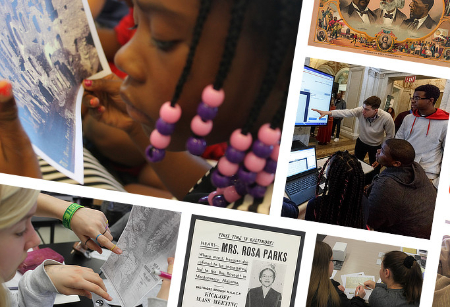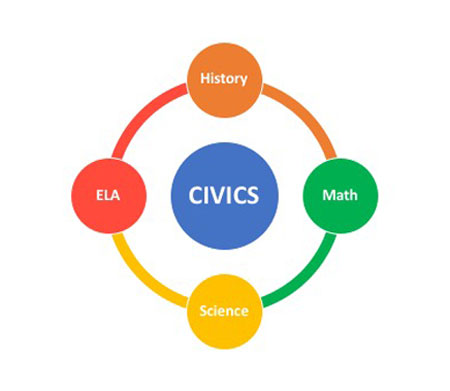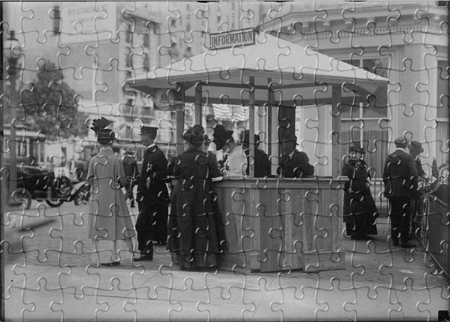Analyzing Primary Sources: Tools & Guides
Primary sources, as described by the Library of Congress, “are the raw materials of history — original documents and objects that were created at the time under study. They are different from secondary sources, accounts that retell, analyze, or interpret events, usually at a distance of time or place. Bringing young people into close contact with…



